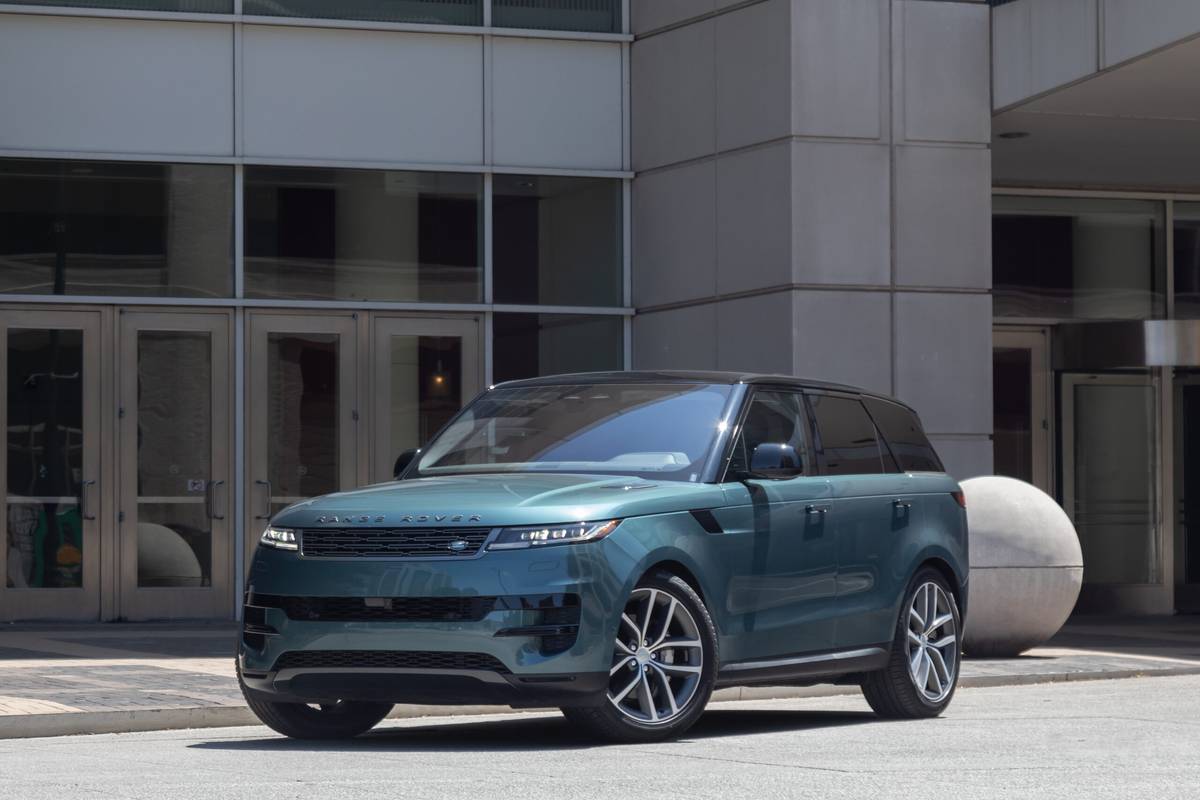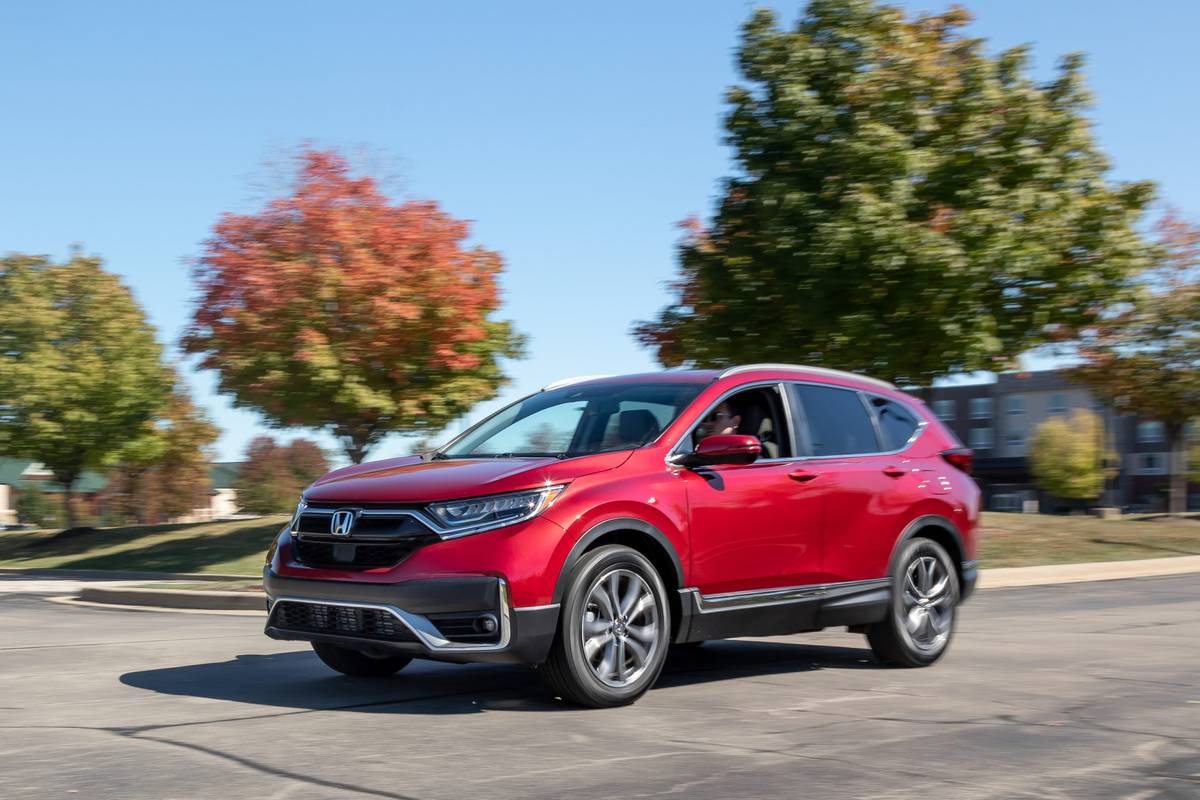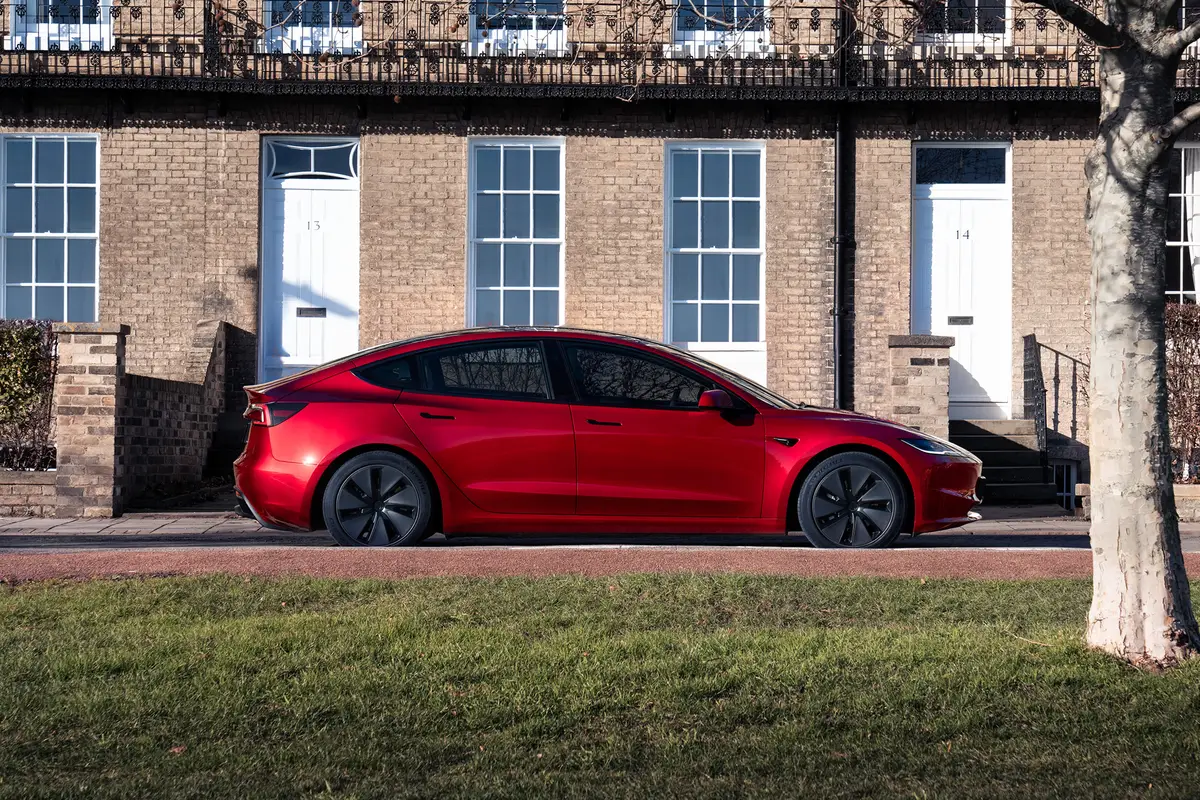Boston.com's view
‘Twas the first night of summer when my cellphone rang.
It was Mrs. G.
Her message was succinct. “I’m not sure what that car is, but you’re putting the top down and taking me for a ride tonight,” she said.
“Tonight” turned out to be a string of nights in a week’s worth of joyriding with the accent on “joy.” There’s nothing quite like a convertible when the weather gods send a week of early-summer weather your way. And it’s even more enjoyable when said convertible is a certified “head-turner.”
“That car” turned out to be a 2011 Mustang GT convertible. It’s powered by Ford’s new 5.0-liter Ti-VCT V-8 and a new six-speed automatic transmission. The Ti-VCT stands for “twin independent variable camshaft timing” which manipulates the four-valves-per-cylinder timing to increase peak power by up to seven percent, low-rpm torque by up to five percent, and fuel economy by 4.5 percent.
I’d had the privilege to drive the V-6 version last month in New York and was impressed both with that car and its “first car to have 300 horsepower (actually 305) and achieve 30 miles per gallon” status. The combination put me in the camp of those who feel the V-8’s days are numbered.
Well, if that’s the case, let it be on the record that this V-8, which puts out 412 horsepower and 390 lb.-ft. of torque, is a tiger when you want it to be but a pussycat when you’re putting around town with a wonderful exhaust note burbling behind you. It also tells you the V-8 isn’t going away quite yet, though you pay a premium for one.
Our test car has a base price of $38,695 (including destination) and a final price of $41,860. Major additions were the automatic transmission ($995), 19-inch wheels, rearview camera, and a security system.
Stand on the gas and you believe Ford’s claim of 0 to 60 mph in 4.8 seconds. Equally, if not more impressive, is the passing performance. It jumped from 40 to 65 in a heartbeat while passing a clot of slow-moving cars on I-95.
Credit the six-speed automatic’s gearing for producing breathtaking launches at the low end and having a tall sixth gear for highway economy on the other end. There’s so much power that Ford is able to use a 3:15 (economy ratio) rear axle. The transmission also has a grade-assist or “hill mode” to provide engine braking on descents and longer time in lower gears on climbs. Alas, one thing lacking in the new tranny is a manual mode with a shift gate or paddle shifters.
Ford has done a nice job with body stiffness, handling, and suspension tuning. We hit a series of diagonal expansion grates on highway bridges that produced a touch of body twist, but overall the Mustang was a marvelous mix of decent handling, nice cornering, and smoothness. “Make sure you say it was comfortable on the bumpy roads,” says Mrs. G. The Ford guys say that comfort is the result of such items as the standard tower-to-tower front strut brace, and added Z-brace, stronger crossmembers and stiffer A pillars.
We’re coming to understand that suspension engineers are underrated when they add elements such as stronger lower control arms and firmer stabilizer bar bushings, then adjust spring rates and damper tuning to get an improved combination of handling, cornering, and ride. The driving dynamics are only enhanced by the move away from hydraulic power steering to an EPAS (electric power steering assist) system.
Ford credits the EPAS system for helping design a quieter vehicle. It combines with some newer technologies to enhance the driving experience. “Drift-Pull Compensation” adjusts for crosswinds and minor road crowning, and “Active Nibble Control” helps eliminate shimmy at higher speeds if a wheel is out of balance or a brake rotor is warped.
The GT had an overall redesign for the 2010 model. The 2011 version continues those cues with new headlamps, lower fascias, a power dome hood that adds a muscle-flexing appearance while aiding engine cooling and allowing designers to hide the windshield washer nozzles.
A welcome touch on the Mustang is a pair of integrated blind-spot mirror inserts, something that will be standard on new Fords that don’t have electric blind spot warning systems. Also welcome is the windshield design that keeps wind-buffeting to a minimum at highway speeds with the top down. And lest we forget, raising or lowering the top involves two easy to manipulate latches and one button.
The rear design features a massive GT badge and sequential three-bulb taillights in a decidedly ’60s-era look. A rearview camera lens is tucked neatly into the rear spoiler on vehicles equipped with that option.
The interior is nicely appointed and quite nice for a muscle car, though clearly not at luxury level. We appreciated the comfort of the leather seats with color inserts matching the exterior color. The speedometer and tachometer are retro-styled, reminding me of Ford speedometers from the ’50s and ’60s; except this one tops out at 160 mph and the tach goes to the 7,000 rpm redline.
It’s hard to believe the Mustang turned 45 years old last year. Clearly, it’s going as strong as ever.
Latest news



